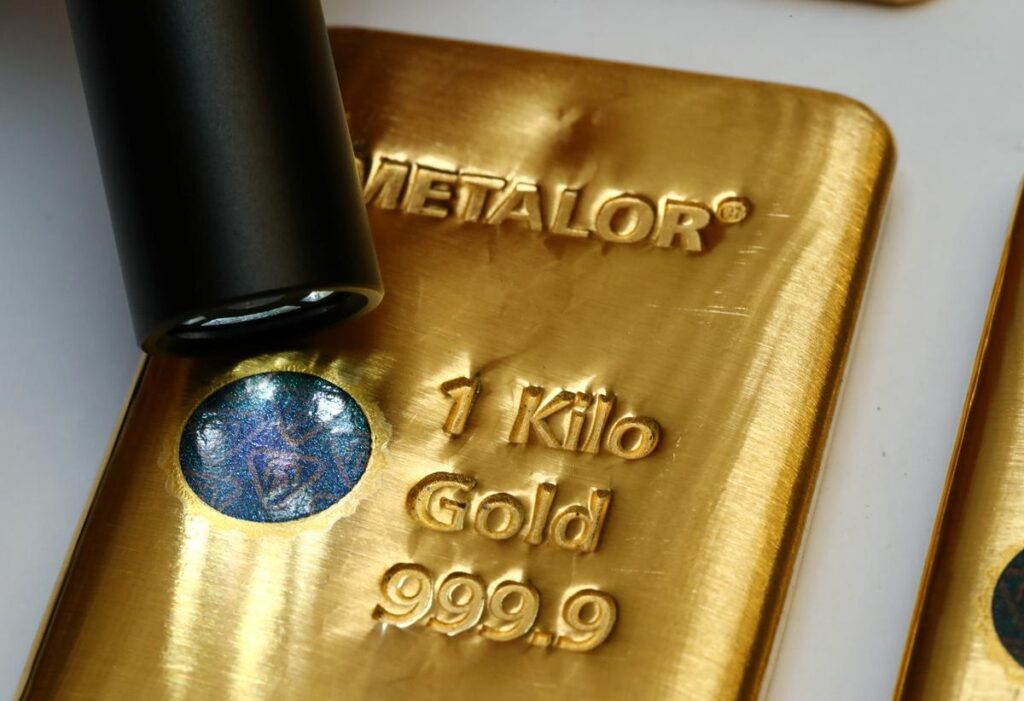Is gold a safe investment? – The gold in bank is it really gold?
Counterfeit gold has been a problem for centuries, and it’s still a concern today. Counterfeiters use a variety of methods to make fake gold, including mixing other metals with gold or creating entirely fake gold bars. One of the most common materials used to fake gold is tungsten, a metal that has a similar weight and density to gold.
The list of popular gold counterfeits includes many different types of fake gold, from gold-plated coins to fake gold bars. Here are some of the most popular types of counterfeit gold:
Gold-plated coins:
Some counterfeiters will take a cheap metal coin and coat it with a thin layer of gold. These coins may look convincing at first glance, but they will be noticeably lighter than real gold coins and will lack the proper texture and feel.
Hollowed-out gold coins:
Another common method for counterfeiting gold coins is to hollow out a real gold coin and fill it with a cheaper metal, such as lead or tungsten. This method is harder to detect than gold-plating, as the weight and texture of the coin will be similar to that of a real gold coin.
Fake gold bars:
Counterfeiters can create fake gold bars by coating a tungsten core with a thin layer of gold. These bars will look and feel like real gold bars, but they will be lighter in weight and will not contain the same level of purity as real gold.
In detail how tungsten counterfeit gold works:
Tungsten is an ideal material for faking gold because it has a similar weight and density to gold. In fact, tungsten is only slightly less dense than gold, which makes it difficult to detect without specialized equipment. To create a fake gold bar using tungsten, a counterfeiter will first create a tungsten core that is the same size and shape as a real gold bar. They will then coat the core with a thin layer of gold, using a process called electroplating. This process involves immersing the tungsten core in a solution of gold ions and applying an electrical current to the core, causing the gold ions to adhere to the surface of the tungsten.
Once the electroplating process is complete, the counterfeit gold bar will look and feel like a real gold bar. It will have the same dimensions and markings as a genuine gold bar, but it will be noticeably lighter in weight. This is because tungsten is less dense than gold, so a tungsten core that is coated with gold will be lighter than a solid gold bar of the same size.
To detect tungsten fakes, experts use a variety of techniques, including X-ray fluorescence (XRF) testing and ultrasonic testing. XRF testing involves using a handheld device to analyze the composition of the metal, while ultrasonic testing involves using sound waves to determine the density of the metal. These tests can detect even the smallest amount of tungsten inside a gold bar, making it easier to detect counterfeits.
Tungsten is a popular material used to fake gold due to its similar weight and density to gold. Counterfeiters can create fake gold bars by electroplating a tungsten core with a thin layer of gold, which makes the bars difficult to detect without specialized equipment. However, experts can use a variety of techniques to detect tungsten fakes and protect consumers from buying counterfeit gold.
